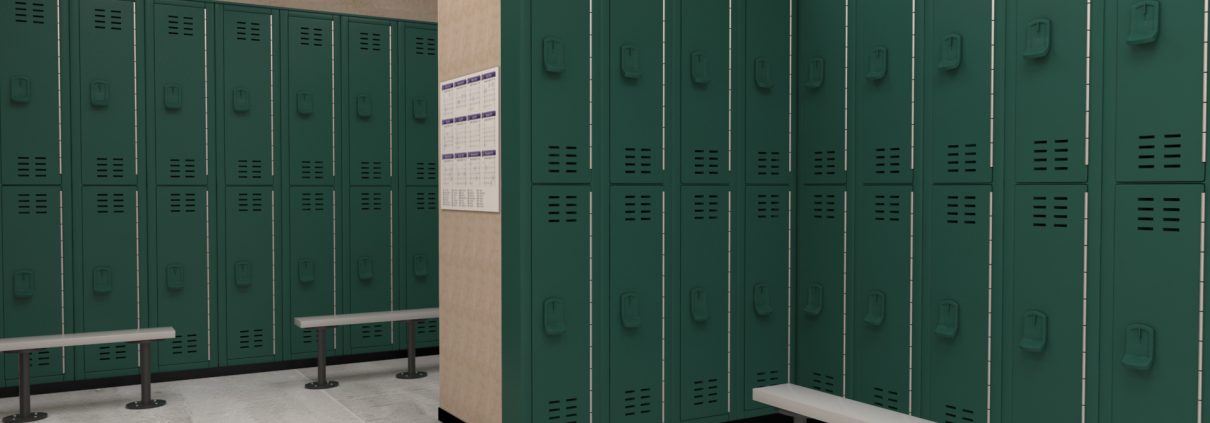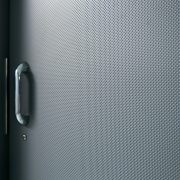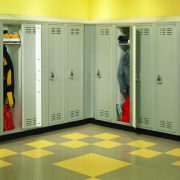Locker Dimensions: Choosing the Right Sized Locker for Your Space
When it’s time to choose lockers for your space, there are a few factors that you need to consider before you go about acquiring the materials. First, you need to figure out how many lockers you actually need based on occupancy. It’s always best to have extra lockers rather than having a few occupants that need to carry around their materials all day. But, you also need to factor in locker dimensions as well as what type of material you’re going to use.
Determining Locker Size, Given the Space & Location
Where do you plan on putting these lockers? Will they be lining a corridor, tucked in a side alcove, or be located in an actual locker room? These are the questions that you need to answer before heading deeper into your locker journey. The important thing is to have big enough lockers to accommodate the students’ or occupants’ items, as well as having enough for each occupant.
When you’ve picked out your designated locker area, you’ll want to be sure of the exact measurements of where you plan on putting these storage compartments. If it’s in a corridor, you can probably get away with the full-length lockers that line the walls. But if you’re planning to put these lockers in an enclosed area, you’ll want to carefully figure out your setup. Using smaller lockers can allow you to maximize the number of lockers; however, it’ll reduce total locker space.
Choosing the Right Locker Materials
While size and dimensions are huge factors when deciding on your lockers, you also need to figure out the material that you’re going to use. Metal lockers have been the traditional choice for many years, but that doesn’t necessarily mean that they’re without drawbacks. While metal lockers may seem secure, they can be scratched, dented, spray painted, and even broken into. You’ll want to avoid these issues at all costs.
Some facilities have begun implementing HDPE (high-density polyethylene) lockers, due to the highly durable plastic construction. This solid plastic is resistant to scratches, dents, and graffiti. Because of its solid plastic construction, you can pick any type of lock, which will be securely placed in the material.
Considering Locker Maintenance
If you’re choosing lockers for a specific locker room, you’ll need to keep up with maintenance. Metal lockers are vulnerable to moisture and humidity, which is always present in locker rooms, and they can rust easily. HDPE can stand up to moisture because it won’t rust or absorb the humidity and sprout mold. HDPE is a relatively low cost in terms of maintenance. All you need to do is clean the lockers every once in a while. They’ll stand up to the pressure and the elements.
Want to learn more about why HDPE plastic lockers are the best choice? Download The Ultimate Guide to HDPE Plastic Lockers, from your friends at Scranton Products.








